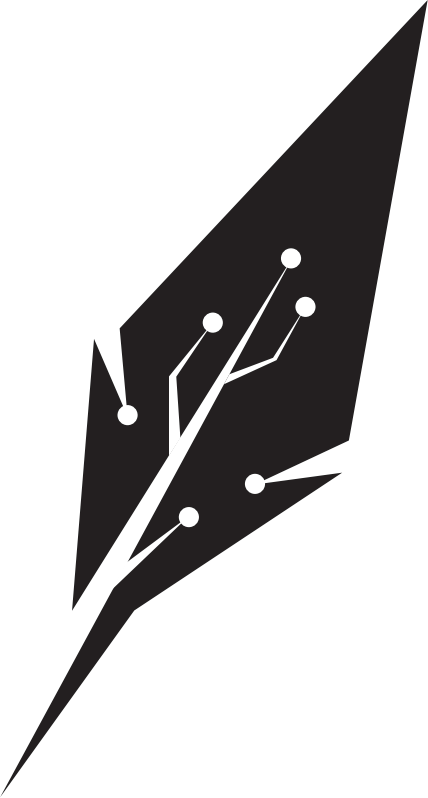

Or so it seems.
I heavily use Python, Git and Sublime Text in my legal practice. I also apply version control, automation tools, data validation, testing, diagrams/flowcharts, large codebase/text analysis and diffing, structured syntax (like Markdown and YAML), etc. And I write many custom tools or scripts in between, and use libraries from other sub-disciplines (data science tools like Pandas and Numpy, and natural language processing libraries like NLTK).
I use such tools to solve legal problems, for which my usage applies to virtually all aspects of my court work as counsel and/or solicitor.
I understand that what I do is very uncommon for lawyers. But I don't do this just because I 'can'. I do it because I think it's necessary: with these tools I expedite work and remove potentially-costly mistakes; further I reduce my time spent by a factor of 5x of more, easily. (I know, because I've done things the manual way before, in my earlier junior days. And I tracked time to compare.)
All this translates into savings for clients, and less legal labour. And most importantly, free time to do other interesting things.
As such I often suggest to learned friends that they look at and learn these new tools. The ones who try rarely put in the hours to go beyond surface exploration. This means that they then don't see (and can't understand) what the true benefits are.
Most however refuse. "I've no time", or "I'm busy", or "it's too complex" are standard answers.
Those aren't valid excuses. Especially for members of a profession who proudly assert that they are life-long learners.
Lawyers should be savvy. If our old tools are superseded by better, tested and well-engineered tools, with little to no drawback from their use (except perceived complexity), time must be made to learn and adopt them. The best features from other disciplines should also be readily taken if they help us as professionals. After all, doctors, architects and engineers keep up without problems - it's even expected of them to keep up.
If they can keep up, so can we. New tools should not be feared.